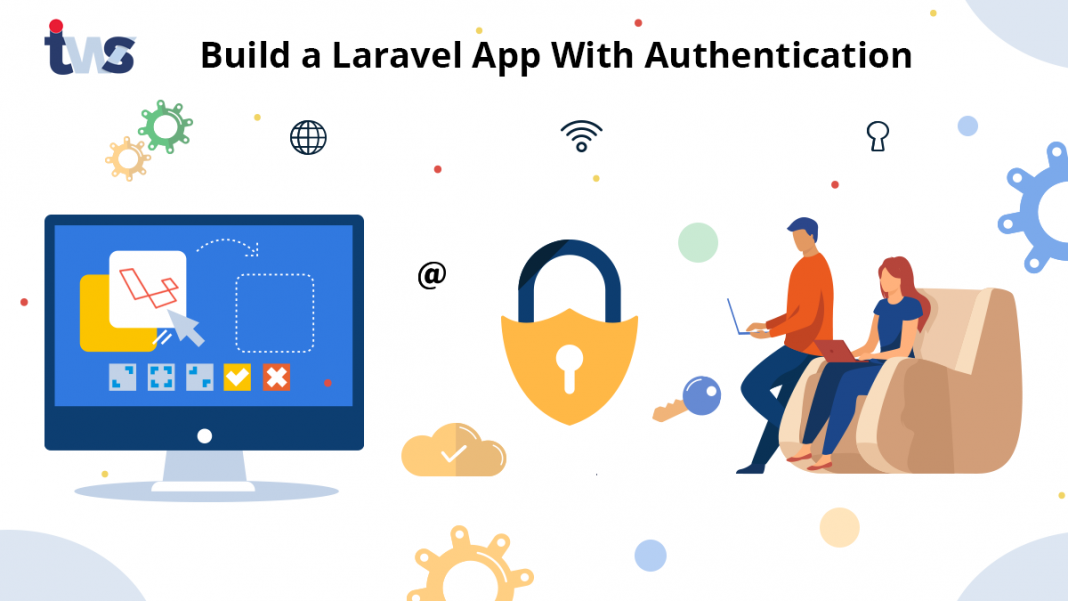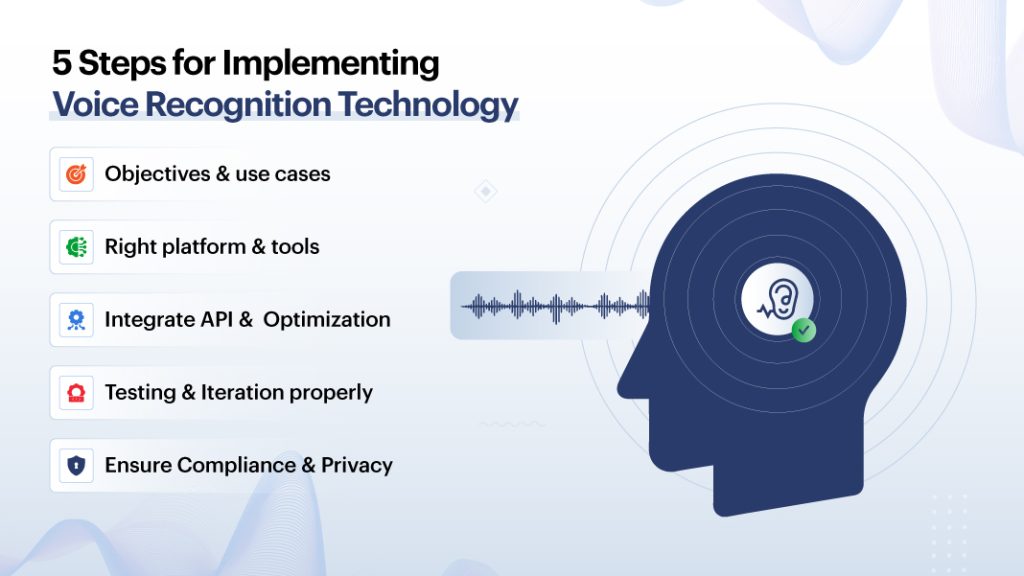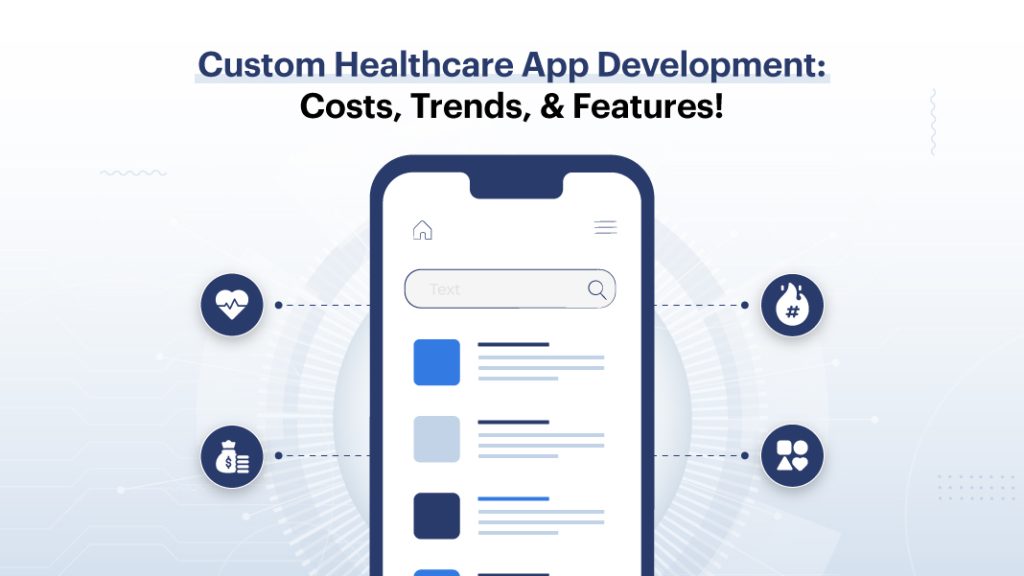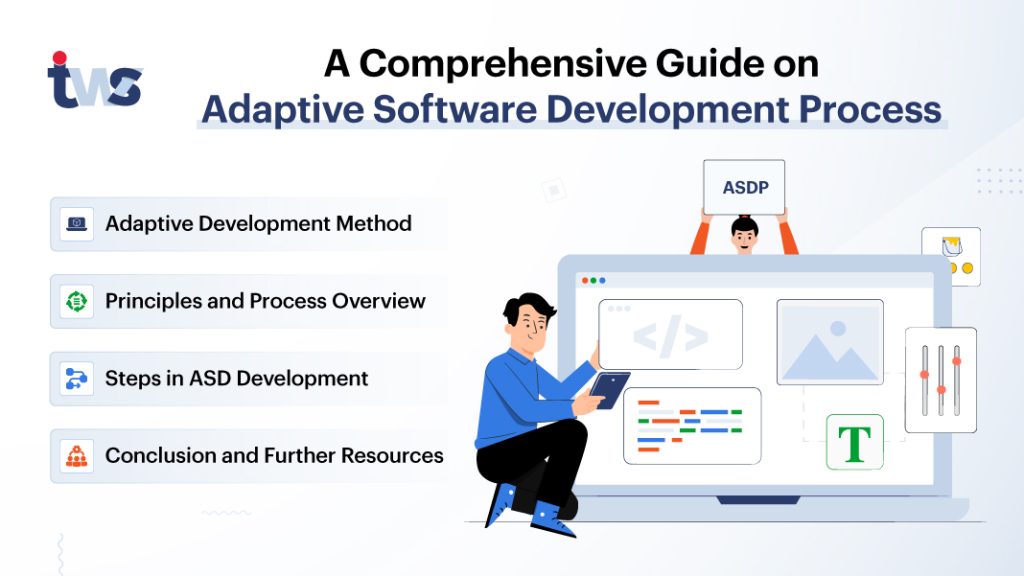
PHP has become one of the most popular choices for backend developers. PHP has a lot to provide to the developers. Laravel framework is one of the PHP frameworks that have an active community and reliable for web development. Laravel App Development is the right choice for your Business. Even, we look back at the PHP framework trends, the Laravel framework is the one that outshines all PHP frameworks. Today, we will discuss how to build a Laravel App with Authentication, but before doing so, let’s first learn about the framework and its features in detail. Let’s begin!
Table of Contents
Laravel Framework

Laravel is a free, open-source PHP-based backend framework used for the development of web applications. Talking about the popularity of the Laravel Framework on the Similartech Website, Around 130, 266 Websites are developed using the Laravel Framework.
Laravel Specifications
- Developed by: Taylor Otwell
- Written in: PHP
- Officially released in June 2011
Laravel web framework is known for its expressive and elegant syntaxes. Laravel framework is considered as the best framework as it provides features like database migrations, Eloquent ORM, routing, validation, etc.
Read More: All about the Laravel Framework – A Powerful PHP framework
Features of Laravel Framework
Laravel – A PHP framework that has an immense number of features that are beneficial for web application development. Let’s have a look at the Laravel features why should you choose the Laravel framework for web applications development.
- Laravel framework’s built-in lightweight templates can be used to create several types of layouts using the content seeding.
- Laravel offers the MVC(model-view-controller) architecture to ensure the separation between the business layer and presentation layer.
- The feature of Eloquent ORM (Object Relational Mapping) facilitates the developers to write the database queries using PHP queries instead of the SQL code.
- Laravel framework provides an impressive level of security as it uses the prepared SQL statements that prevent SQL injection attacks.
- Laravel framework helps to automate the tedious repetitive programming tasks due to the presence of the built-in command-line tools named Artisans.
- Laravel allows the developers to perform multiple unit tests that avoid unexpected web application breakage.
- Laravel framework’s amazing database migration system helps to expand the web application database without re-creating whenever there is any change in the code.
- Laravel framework is the collection of object-oriented and modular libraries used to Create fantastic web applications.
Thus, the Laravel framework has a high level of abstraction that helps the developers from the complex inner workings. Due to the presence of the out of the box features, it saves the developer’s time and efforts as well. More interestingly, Laravel is one of the best frameworks that have development environments like Homestead and Valet.
How to Build a Laravel App with Authentication?
Today, in this article, we will discuss how we can develop a Laravel application with authentication, its pre-requisites, development process, etc. Laravel is known for web application development with several functionalities like authentication and authorization. Let’s begin with the development process of the laravel app with authentication.
Laravel uses Composer to manage the dependencies, so it is a must for you to install PHP and Composer on your system before starting with the Laravel app development.
Installation of Composer and Laravel
Steps to install the Composer on your system
- Run the create-project command in your terminal. The full command is
composer create-project –prefer-dist laravel/laravel GOT
As we have mentioned earlier, Laravel has a built-in command-line Artisan tool, you just need to run the following command to launch the application:
php artisan serve
You can use the following commands from the Laravel application directory:
- Console – all Artisan commands.
- Http – all controllers, middleware, requests, and routes files.
- Providers – all application service providers.
- Events – all event classes.
- Exceptions – application exception handler and custom exception classes.
- Jobs – all jobs in a queue.
- Listeners – all handler classes for your events.
- Policies – authorization policy classes for your application.
Are you looking for Laravel Developers?
Discuss your idea with our team of experts and get a free consultation and estimation.
Controller Set-Up
After installing the required tools like composer and laravel on your system, the next essential step is to create a ListController, to accomplish this, you need to open the terminal and run the following command in the project root directory.
php artisan make:Controller ListController
To follow the next step, you need to configure and open the file app/Http/Controllers/ListController.php. By using the view(‘welcome’)->withCharacters($characters), it implies that it is passing an array($characters) to a view known with the name welcome.blade.php.
<?php>
class ListController extends Controller
{
public function show()
{
$characters = [
'micheal snow' => 'kelvin emison',
'john watson' => 'gelly himiliton'
];
return view('welcome')->withCharacters($characters);
}
Model Set-Up
If you ever checked, then you will find the Laravel models are stored by default in the app root directory. In this Laravel app development, we will not create any additional model, as we just need the User model that ships the Laravel framework. So, you just need to run the command as follows to create the Laravel model:
php artisan make:model <modelName>
Routes Set-Up
To set up the routes in the Laravel app development, open the routes/web.php, and configure it by the following command:
Route::get('/', 'ListController@show');
Now, in this command, when the ‘/‘ route hits, it invokes the show method of the ListController and renders the returned value in the welcome view.
Authentication Set Up
Here, we will set up the Laravel authentication with Auth0. No doubt, we can do the Laravel app authentication using the built-in authentication, but due to the limited features, we will build laravel app development using the Auth0. By having the Auth0 authentication in the Laravel app development, it offers features like an easy-to-use dashboard, two-factor authentication, passwordless login, etc.
After creating the Auth0, you will be redirected to the dashboard and here you need to click on “Application”->” Create Application”->” Laravel App”->” Regular Web Application” and press create.
Now update these values like:
Allowed Callback URLs: https//localhost:8000/auth0/callback
Logout URLs: http://localhost:8000
After updating these values in the “Settings”, now install the Auth0 PHP plugin and Auth0 Laravel plugin by using the following command in the terminal:
composer require auth0/login:”~5.0″
Make changes in the config/app.php file
'providers' => [ Auth0\Login\LoginServiceProviders::class, ]; 'alisases' => [ 'Auth0' => Auth0\Login\Facade\Auth0::class, ];
Open the file app/Providers/AppServiceProvider.php
class AppServiceProvider extends ServiceProvider
{
public function register()
{
$this->app->bind(
\Auth0\Login\Contract\Auth0UserRepository::class,
\Auth0\Login\Repository\Auth0UserRepository::class,
);
}
}
Now, publish the plugin configuration, by running the command in the terminal, and publish the plugin – Auth0/Login/LoginServiceProvider
php artisan vendor: publish
As the Auth0 file is sensitive, so there is a need to add a .env file. So, you need to add the following in the .env file.
AUTH0_DOMAIN=tws.auth0.com AUTH0_CLIENT_ID=client-id AUTH0_CLIENT_SECRET=client-secret
Read More: Best Practices to Speed Up Laravel Web App Development
Auth0 Integration
To integrate the Auth0 in a Laravel App, you need to add some command-line code in the routes/web.php file. Follow these authenticate codes to create the authentication routes. By creating these routes, it will handle the login, logout, and redirect to Auth0 during login.
Route: :get( '/auth0/callback', '\Auth0\Login\Auth0Controller@callback' ) Route: :get( '/login', 'Auth\Auth0IndexController@login' ) Route: :get( '/logout', 'Auth\Auth0IndexController@logout' )
Now, run this command in the terminal
php artisan make:controller Auth/Auth0IndexController
Now, add this code, in the file app/Http/Controllers/Auth/Auth0IndexController.php
<?php
namespace App\Http\Controllers\Auth;
use App\Http\Controllers\Controller;
class Auth0IndexController extends Controller
{
public function login()
{
$authorize_params = [
];
return \App::make('auth0')->login(null, null, $authorize_params);
}
public function logout()
{
\Auth::logout();
$enterLogoutURL = sprintf( 'enter URL here' );
env('AUTH0_DOMAIN'),
env('AUTH0_CLIENT_ID'),
env('URL'));
return \Redirect::intended($enterLogoutURL);
}
}
So, these are all the essential steps that are required for the development of a Laravel app with authentication.
Final Thoughts
By going through this article, I think you will get an idea, how easy it is to create a Laravel app with authentication. That’s why the Laravel framework is regarded as the best framework for developers since it makes the development process easier and simple. You can also choose the Laravel framework for business mobile application development.
If you still have any doubt related to the Laravel web app development, then you can hire the expert developers for the Laravel development company, Tekki Web Solutions Inc.
Read More: How does Laravel Web App Development help to Grow Your Business?









 Business Number
Business Number